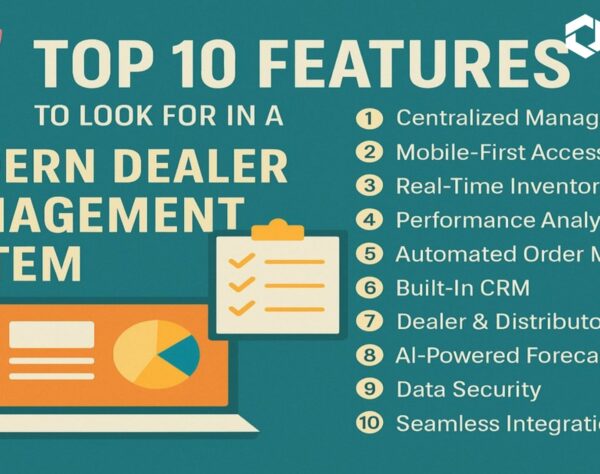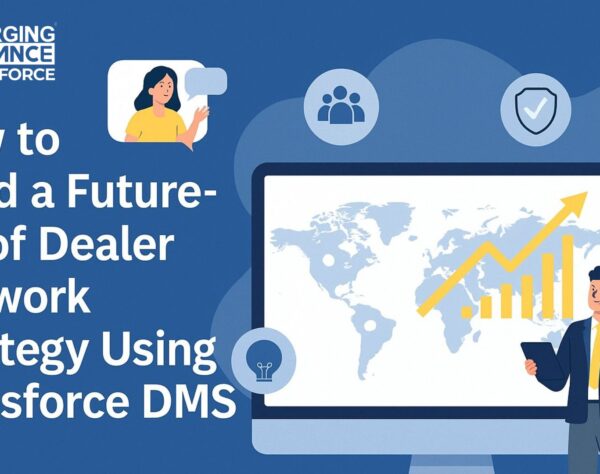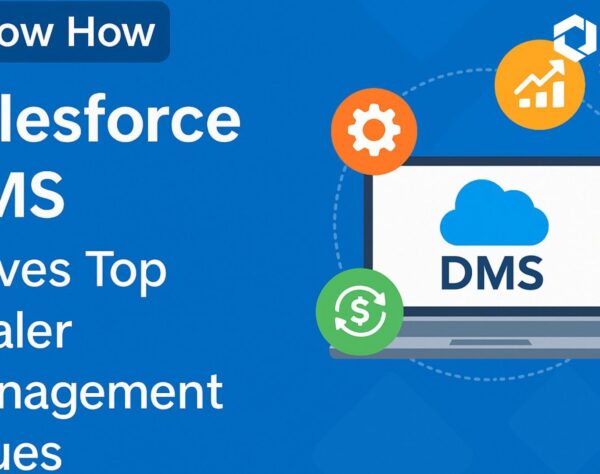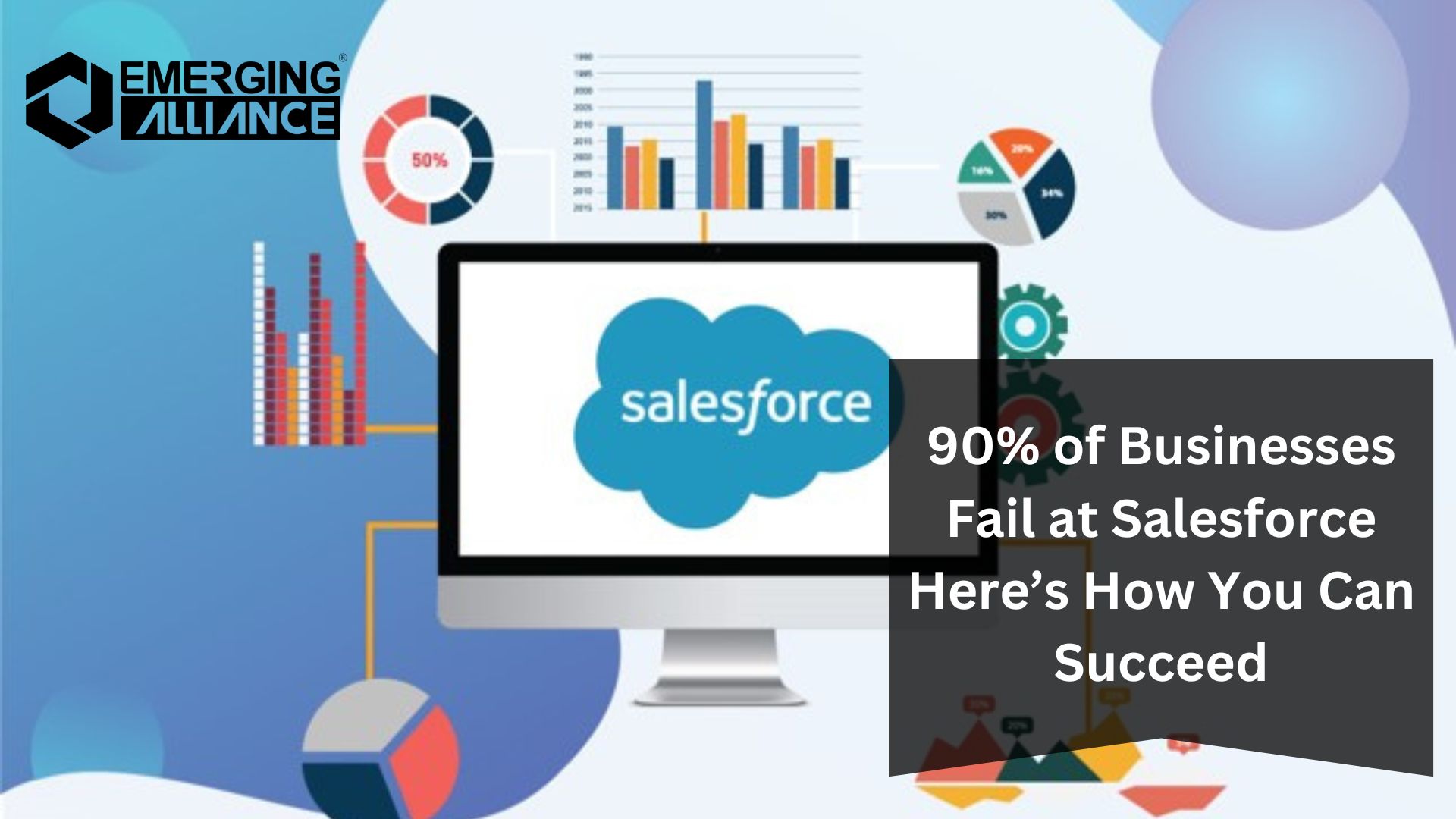
90% of Businesses Fail at Salesforce—Here’s How You Can Succeed
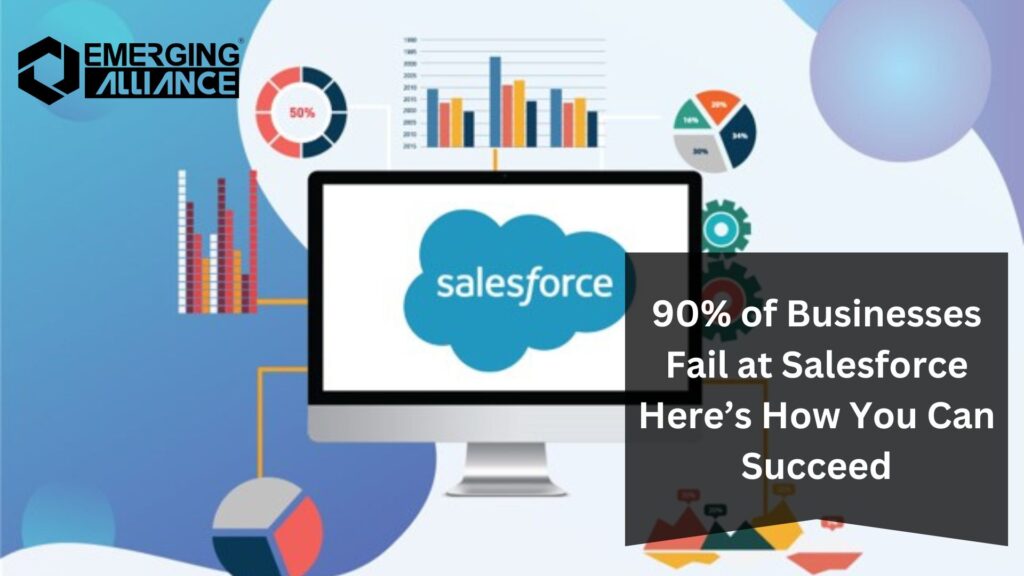
Avoid These 5 Salesforce Implementation Mistakes That Could Cost Your Business!
Did you know that 90% of businesses make critical mistakes when implementing Salesforce? These mistakes can lead to wasted time, blown budgets, and even failed implementation. But don’t worry—this guide will help you identify and avoid these pitfalls, ensuring your Salesforce investment pays off.
1. Lack of Clear Scope and Business Objectives
Why It’s a Problem
Many businesses dive into Salesforce implementation without a clear understanding of their scope of work or business goals. This misalignment often results in:
- Inefficient workflows
- Underutilized features
- Difficulty measuring ROI
- User dissatisfaction
- Employees relying on parallel systems instead of Salesforce
How to Avoid It
- Conduct a Needs Assessment: Identify gaps between Salesforce’s standard features and your business requirements.
- Strategize Customization: Avoid excessive customizations to keep the system manageable.
- KPI Alignment: Ensure all key performance indicators can be tracked directly in Salesforce.
2. Insufficient Training and User Adoption
Why It’s a Problem
Even with a well-implemented Salesforce system, a lack of user training can hinder adoption. Employees may resist change or fail to understand the system’s value, leading to:
- Low productivity
- Inconsistent data entry
- Continued use of parallel systems
How to Avoid It
- Develop a Change Management Plan: Address resistance by showcasing Salesforce’s benefits.
- Tailor Training: Provide role-specific training for employees.
- Appoint Champions: Identify power users to lead adoption efforts.
- Encourage Feedback: Continuously refine workflows based on user input.
3. Over-Customization of Salesforce
Why It’s a Problem
Salesforce’s flexibility is a double-edged sword. Over-customization can result in:
- Scope creep
- Increased costs
- A complicated user interface
- Higher risk of bugs
How to Avoid It
- Adopt a Phased Approach: Start with standard features and essential customizations.
- Use AppExchange Solutions: Leverage third-party apps instead of building custom solutions.
- Document Customizations: Maintain detailed documentation for easier updates and maintenance.
4. Neglecting Data Quality and Migration
Why It’s a Problem
Poor data migration can sabotage your Salesforce implementation. Issues like duplicate records and outdated information lead to:
- Inconsistent analytics
- Decreased trust in the system
- Frustrated users
How to Avoid It
- Prepare Early: Begin data cleansing and template preparation before implementation.
- Audit Your Data: Remove duplicates, validate entries, and standardize formats.
- Maintain Data Quality: Establish governance policies for master data creation post-migration.
5. Ignoring Ongoing Maintenance and Scalability
Why It’s a Problem
Salesforce implementation isn’t a one-time project. Ignoring system maintenance can result in:
- Outdated workflows
- Reduced performance
- Inability to scale with business growth
How to Avoid It
- Assign a Dedicated Team: Have an in-house administrator or an outsourced Salesforce partner.
- Regular Updates: Keep workflows, reports, and automations aligned with business changes.
- Plan for Growth: Anticipate scalability needs and stay updated with Salesforce’s latest features.
Avoiding these five mistakes is crucial for a successful Salesforce implementation. By defining clear objectives, training your team, limiting customization, ensuring data quality, and planning for ongoing maintenance, you’ll unlock the full potential of Salesforce for your business.
FAQs that Solve Your Challenges
What is the biggest mistake businesses make during Salesforce implementation?
Lack of clear business objectives and scope is the most common mistake, leading to misaligned workflows and underutilized features.
Why is user training important for Salesforce adoption?
Without proper training, employees may resist using Salesforce, leading to inconsistent data entry and reliance on old systems.
How can I avoid over-customizing Salesforce?
Start with standard features, prioritize essential customizations, and use Salesforce AppExchange for additional functionality.
What are the consequences of poor data migration?
Poor data migration results in duplicate records, inconsistent analytics, and decreased trust in the system.
How can businesses maintain data quality in Salesforce?
Conduct regular data audits, standardize data formats, and establish governance policies for master data management.
What is the role of a Salesforce administrator?
A Salesforce administrator ensures the platform is updated, manages workflows, and aligns the system with evolving business needs.
How can I overcome resistance to using Salesforce in my organization?
Create a change management plan, highlight the platform’s benefits, and appoint champions to guide users.
Why is ongoing maintenance important for Salesforce?
Ongoing maintenance ensures your workflows remain relevant, the system performs efficiently, and it scales with business growth.
How can I measure the ROI of Salesforce implementation?
Align Salesforce with your business KPIs and track metrics directly through its dashboards and reports.
Is customization always necessary for Salesforce?
No, extensive customization can complicate the system. Focus on simplifying processes and leveraging existing Salesforce features.
Ready to take your Salesforce implementation to the next level? Contact our experts today at https://emerging-alliance.net/
Need expert guidance? Fill out the form below, and we’ll reach out shortly!





